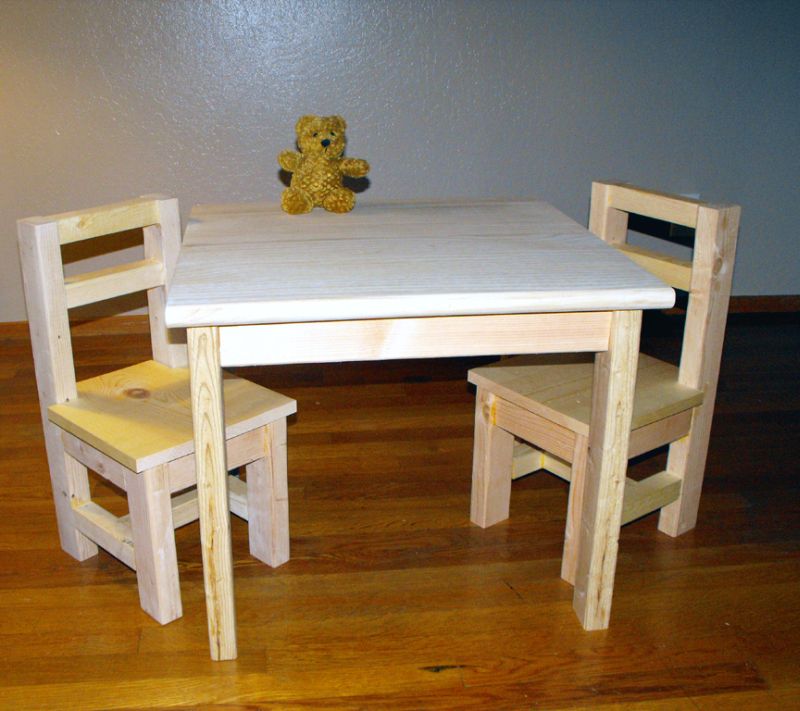Question
I have looked, read, pulled hair, stomped around, and even cried a little. I am building children's furniture and I need to know once and for all what is a safe, durable, and affordable solution.
I have read about shellacs, lacquers, varnishes, conversions, polys, etc. They either dry safe and non-toxic but don't hold well against water and cleaning products, or they hold a great chemical barrier but aren't food safe and so on.
So, for children, what is durable? (Can last through the little one's exploration, if a glass of milk is left on the surface for a day, if parents use various cleaning products, etc.) What is safe? (So they can eat, play, drink, and create, all on the same surface.) What is affordable? (I have a few tools in my room and some outside; I don't have the option of spray rooms or days and days of sanding, prepping, sanding, coating etc.)
I do have some time, some money, and some space. I am not looking for the cheapest method or the fastest, but the overall, small production, best option.

Forum Responses
(Finishing Forum)
From contributor C:
You list things that you're not going to find in any one product. No finish is kid-proof, so cross that off your list. This stuff is going to get damaged! I recommend you use something that will be easy for the clients to repair as time goes on, or heavily distress the furniture to begin with so that new damage just blends in. Many small dents and other marks at the outset will make it look old (but still attractive) and can be used as a selling point.
I would recommend this finish schedule:
Stain (if you want to) with food safe stains in bright colors or wood tones made with food coloring - red, yellow, and black can make a myriad of wood tones for this purpose, and the stain is cheap.
If not staining, then the first coat of material should be a good acrylic evaporative finish. Non-toxic when cured rock hard (30 days), just like all other evaporative finishes. It should be a sanding sealer that sands easily and two coats should be given and only sanded after the second coat.
Next, apply the acrylic top coats (as many as you desire, nibbing with fine sandpaper if necessary), and let cure. After curing, deliver and collect your money.
Only coatings that contain recognized harmful substances are not good for kids' stuff - lead or other heavy metals or known toxins that remain in the coating after fully curing.
You may also look into a sand-able vinyl sealer as a second choice for first coats.
They have a clear coat, Ceramithane (specialty), which is an acrylic-urethane which crosslinks, making it durable. Check out the TDS on it for its test results with cleaning products and food stuff, etc. Crosslinking generally means it is difficult to touch up.
And I completely agree that no matter how durable you make it, a kid will still mess it up. I haven't used it myself, but their products I have used are very good.
For the clear coats, I'd recommend Waterlox Original (waterlox.com). Oil-base varnishes (including polyurethane) are among the easiest to apply and offer a lot of durability compared with a number of other finishes. And with Waterlox, you can always do repairs easily. It's more difficult to repair polyurethane (e.g., Minwax), but it is a little more durable.
For the paint, I'd recommend you use a quality house paint. I've had excellent results using 100% acrylic enamel paint like Ralph Lauren (local home center), Sherwin Williams ProClassic Waterborne Acrylic Enamel, Benjamin Moore Waterborne Impervo Enamel, and Insl-x Cabinet Coat Acrylic Enamel (Ace Hardware). They all do a nice job and are easy to repair/touch up or repaint if needed. An alternative is milk paint (realmilkpaint.com) with oil-base varnish over it. It's not as easy to repair, but it will be even more durable.